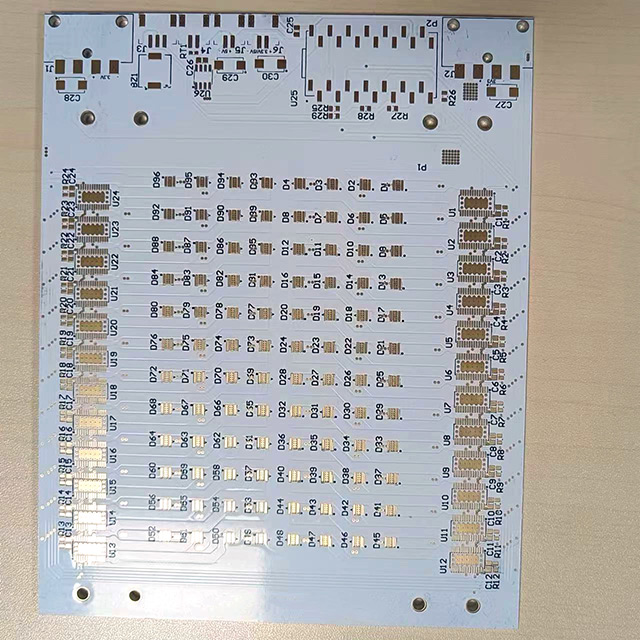G
gaz26
Hi guys , I'm a qualified spark and have done pat testing before , i've never pat tested a cooker as it's not portable but i've recentley been asked to do so at a number of properties. I know this is a fixed appliance test but just wondered how i go about it , i'm guessing i obv have to knock breaker off and disconnect cooker from wall socket and use crocodile clips on the cable to the cooker.
Can someone shed some light as to if this is right or any advise on a quicker way at all
Thanks in advance.
Can someone shed some light as to if this is right or any advise on a quicker way at all
Thanks in advance.












